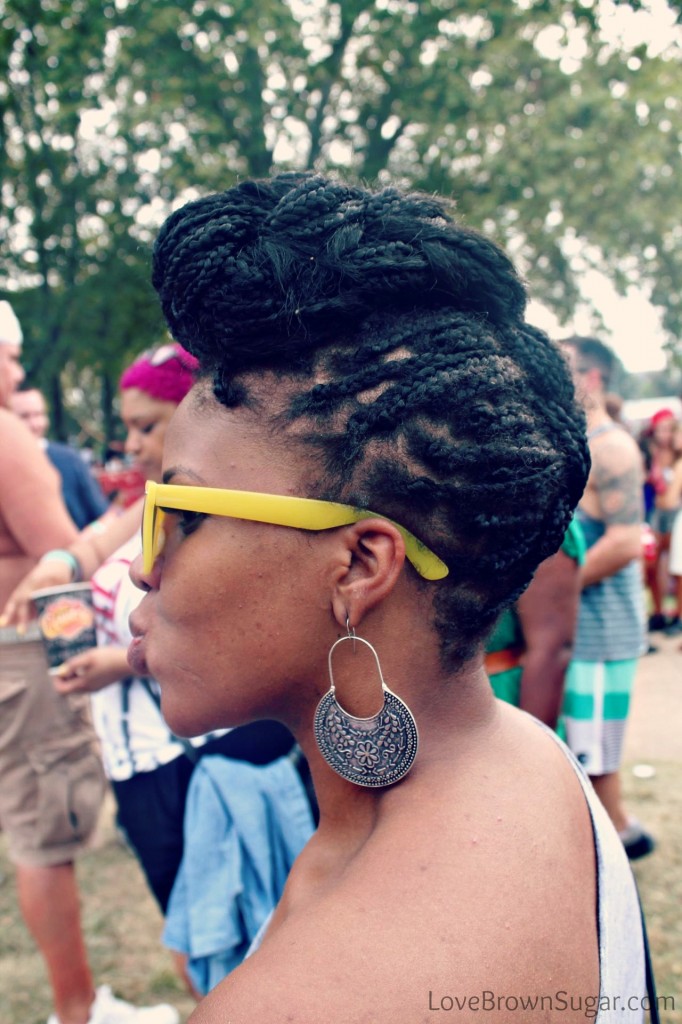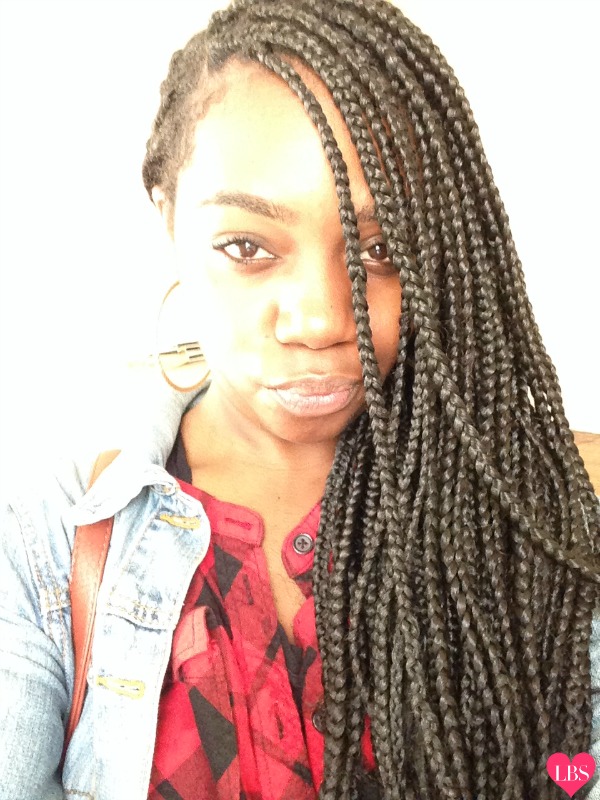
Protective styling is a form of styling that allows you to maintain your hair with minimal manipulation and use of styling tools. This methods helps to retain length, minimize breakage and stimulate hair growth if done properly. If done incorrectly, you may actually cause harm to your scalp and irreversible damage to your hair. There are various protective styling options that you may enjoy from braids, twists, weaves and wigs. Choose a style that works best for your personal taste and lifestyle. In this post we are sharing 5 tips for long term protective styling.

1. Prep Your Scalp & Hair Beforehand: Before you even consider getting a new style you should thoroughly assess your hair making sure it is strong enough to withstand long term protective styling. Trim any split or dead ends. Deep condition your hair for softness and use a protein treatment for added strength. It’s important to make sure your hair is strong and as healthy as possible prior to installing a new style. This is especially important if you are planning to get a style that involves braiding the hair. Braids can cause a lot of stress on your delicate strands, which may lead to breakage. If your hair is weak, stick to styles that do not require a lot tension or manipulation.
2. Take Care Of Your Hair Underneath: Although protective styles are a great excuse to be lazy and carefree with your styling. Keep in mind that the purpose of long term protective styling is to grow and maintain healthy hair. To do this, you need to pay close attention to your natural hair during this time. For example, if you are wearing a sew in weave or wig as a protective style, every 2-3 months you should remove your unit allowing your scalp to breathe. Thoroughly cleanse your hair and scalp and provide proper conditioning and moisture before reinstalling a unit.
Related: 5 Ways To Prevent Heat Damage
3. Protect At Night: Whether your hair is in a weave, wig or braids it’s imperative that you protect your natural hair and your style at night. If you are wearing a weave for example, try pin curls or flexi rods to help maintain your style and use a satin scarf or bonnet to protect your hair line. This also applies to braids and twisted styles. If you opt for a wig, make sure you remove it at night and wearing a satin scarf or bonnet to maintain your braids underneath.
4. Keep Washing At A Minimum: This is especially important for ladies that are wearing braids or twists. Although it is important that you wash your hair while wearing a long term protective style, overdoing it can cause an itchy dry scalp and frizzy braids. To prevent ruining your style only wash your scalp once or twice per month using a gentle cleanser. In between washes freshen up your scalp by applying a small amount of apple cider vinegar using a q-tip.
5. Proper Takedown Practices: When you are ready to remove your protective style it is best to devote a set amount of time to it, ask a friend for help with areas you can’t see, and take your time. Removing braids, twists or a weaves takes time and patience. Remember that the purpose of the protective style is to promote healthier hair. So be gentle with your hair when taking down your style.
Are you protective styling this winter? What’s your go-to protective style?




Very good tips!!!
Thanks 🙂
I finally learned how to do box braids in my own hair. My hair will be now be on vacation till the summer lol.
xo
Maggie A
http://www.lovemavin.com
awww man that’s awesome, I wish I knew how to do them on myself!